
A Traveler’s Guide to Tipping in Peru
As you plan your journey to Peru, with its rich history, vibrant culture, and breathtaking landscapes, it’s crucial to familiarize yourself with local customs, including tipping etiquette in Peru.
This will ensure your adventures in Peru are both respectful and rewarding.
When to tip, who to tip and how much to tip in Peru
In Peru, tipping in certain situations is not only customary but also a meaningful way to show appreciation for the hard work and dedication of service providers. This practice enriches your travel experience in Peru, fostering a deeper connection with its people.
Let’s delve into the nuances of tipping etiquette in Peru, covering various scenarios such as dining in restaurants, staying at hotels, going on tours, and using transportation. This guide will help you navigate these interactions with confidence and respect, ensuring a smooth journey through Peru.
Overview of Tipping Etiquete in Peru
💸 Peruvian Denominations :: Coins & Bills
Being prepared to tip in Peru means you’ll need to think about how much cash you need to have on hand, and where there are nearby ATMs to take out additional cash during the trip if necessary.
When traveling around Peru, it’s wise to avoid carrying large amounts of cash. Having a hundred soles in change and small bills should suffice, considering the Peruvian currency denominations, including 10, 20, and 50 céntimos and 1, 2, and 5 soles coins, alongside banknotes of 10, 20, 50, 100, and 200 nuevos soles.
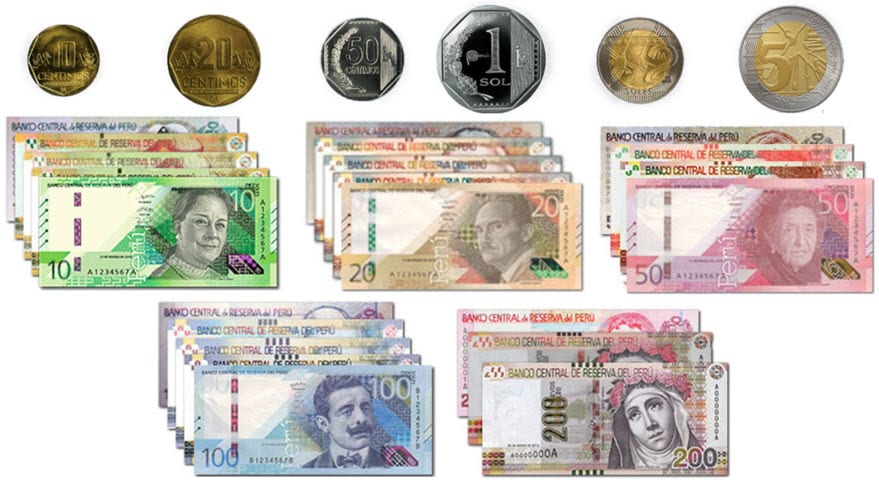
🍲 🍸 Restaurants and Bars
When dining at restaurants and bars in Peru, it’s important to note that gratuity is usually not included in your bill. While some upscale establishments might add a 10% service charge, this practice is not widespread, making tipping a personal gesture of appreciation.
In most cases, a 10% tip is customary for sit-down restaurants in Peru, especially in areas frequented by tourists. However, you’re encouraged to adjust the tip based on the quality of service, ensuring it reflects your dining experience. ensuring it reflects your dining experience. This is quite a standard practice in many of Cusco’s finer restaurants, so try to keep this in mind when you are here.
Increasingly, establishments offer the option to add the tip to your credit card payment, but it’s wise to have cash on hand for tipping, as this is still the more common practice in Peru. This flexibility ensures you can always show your appreciation in the most convenient way.
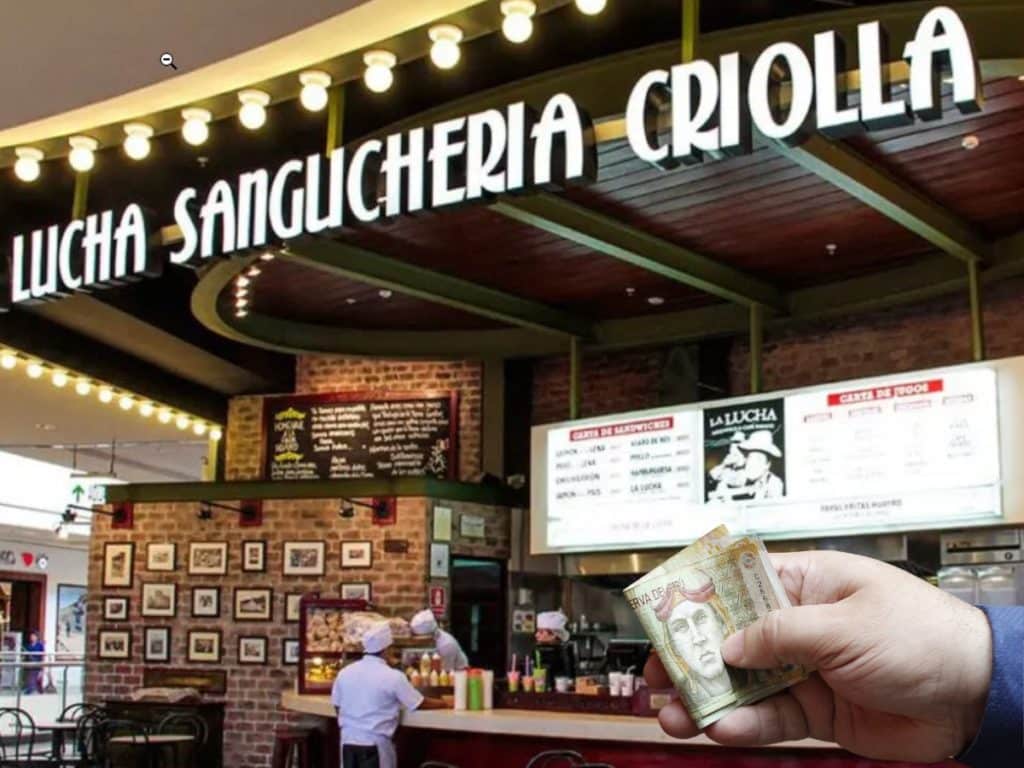
Offering a gratuity in cash ensures that the person providing you with service directly receives your token of appreciation.
In smaller, local establishments in Peru, tipping is not expected, but leaving a few soles on the table as a token of appreciation is always a kind gesture. For bar visits, a common tip is around 5-6 soles, and if you’re enjoying bar food, applying the 10% rule is appropriate.
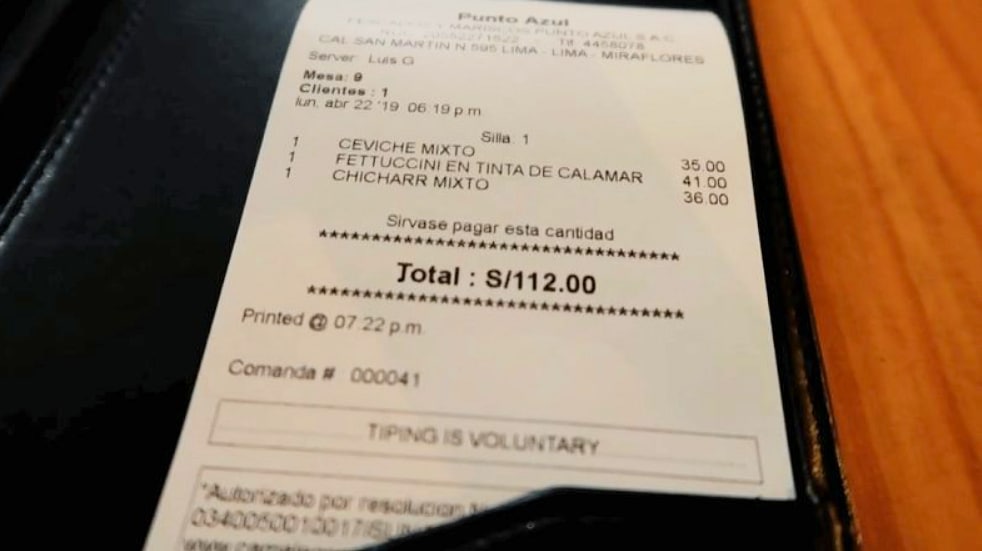
When it’s time to settle the bill, the waiter may inquire if you prefer a ‘boleta’ (receipt) or ‘factura’ (invoice), the latter being reserved for Peruvian companies. Opt for the ‘boleta’ unless you need an invoice for reimbursement purposes, simplifying the payment process.
🚕 Taxis & Public Transportation
In general, tipping is not expected for public transportation in Peru, including buses, micros, and combis, as the fares are fixed and part of Peru’s public transport system.
Popular ride-hailing services like Uber and InDrive are preferable options for safe and reliable transport in Peru’s larger cities, such as Lima, Arequipa, and Cusco. Local ride-hailing services include Taxi Satélital in Lima and Taxitel in Arequipa.
However, when using local taxis or mototaxis in Peru, it’s essential to negotiate the fare before getting in. While tipping taxi drivers in Peru is not expected, rounding up the fare or giving a small amount, such as 2-3 soles, as a token of appreciation for exceptional service is always welcomed.
Remember, ensuring your safety when taking a taxi in Peru involves only accepting rides from vehicles with visible, affixed TAXI placards and clearly marked vehicle numbers. Writing down the vehicle number for reference can provide an additional layer of security, a good practice for both passengers and taxi drivers in Peru.
🚻 Public Restrooms: Acknowledging Small Services
Public restrooms in Peru may have attendants who provide maintenance and ensure cleanliness. If there is a fee to use the restroom, it will typically be between 50 céntimos and 1 sole. Leaving small change in the designated basket is customary and helps support the upkeep of the facilities.
📷 Photographing people
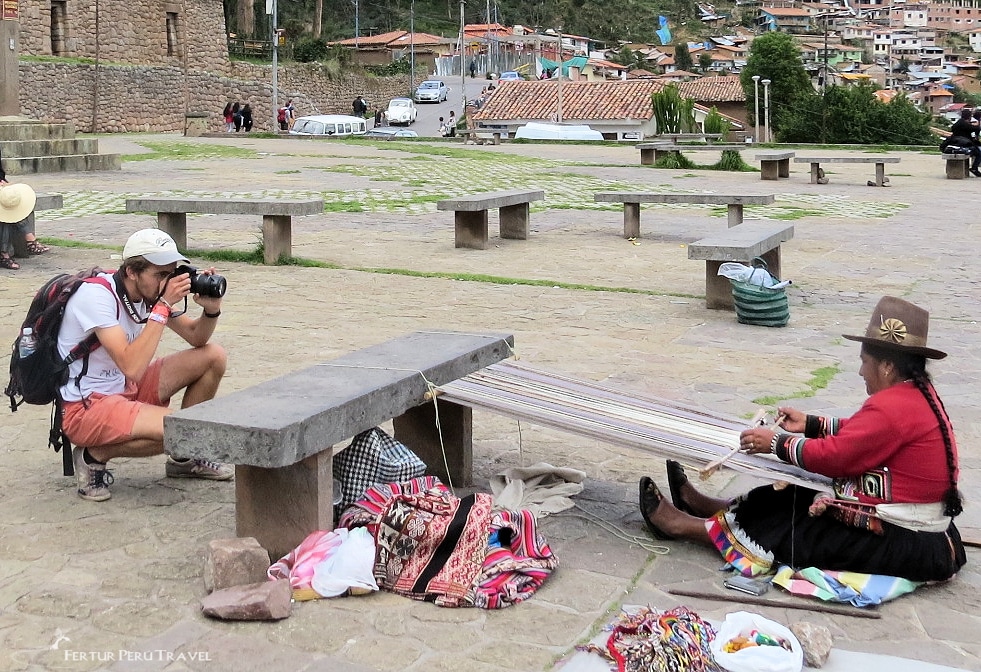
As a general rule, people in Peru do not expect recompense for having their photos taken. It’s always best to ask permission. Most of the time, you will be met with a smile and nod, and even a ‘gracias’ from your subject once you’ve snapped the picture.
The notorious exception for this advice is in Cusco, where asking permission is also a very good idea. In this city, it is common practice to show respect by seeking permission before taking someone’s photograph.
Additionally, it is often expected to tip a few dollars or 5 or 10 soles for the privilege of capturing someone’s image in Cusco. This cultural norm is particularly prevalent in Cusco, where locals appreciate the gesture of compensation for their time and cooperation.
Therefore, when visiting Cusco, it is advisable to be mindful of this custom and be prepared to offer a small gratuity as a token of appreciation. It’s especially important to remember this when heading on a longer tour around Peru, given you may get used to taking photographs freely before coming to Cusco.
🧳 Help with your Luggage at the Airport
Official airport porters in Peru will expect a tip of $5 or $10, provided they first ask courteously whether you want help with your bags.
Beware of unofficial airport porters in Peru who often exhibit overly aggressive behavior, grabbing your luggage without permission and then stubbornly demanding payment. This situation can usually be avoided with a few firm words right from the start, ensuring a smoother experience at Peruvian airports.:
“No, gracias, no quiero ayuda. Así, nomas. No.”
(Phonetic: NO, GRAH-SEE-AHS. NO KEY-AIR-O EYE-U-DUH. AH-SEE, NO-MAHS. NO.)
🥾 Guided Tour Guides and Trekking Staff
For the Inca Trail and other multi-day treks in Peru (as well as when heading to Machu Picchu), it is customary to tip the guide, as well as the cook and porters in soles, not dollars.
For an average group of 15 to 20 trekkers on the Inca Trail in Peru, if each person contributes between 75 and 100 soles ($20-25), this should adequately cover the porters and cooks. An additional 50 to 100 soles each would serveas a generous tip for the guide, acknowledging their invaluable guidance and support during the trekking adventure.
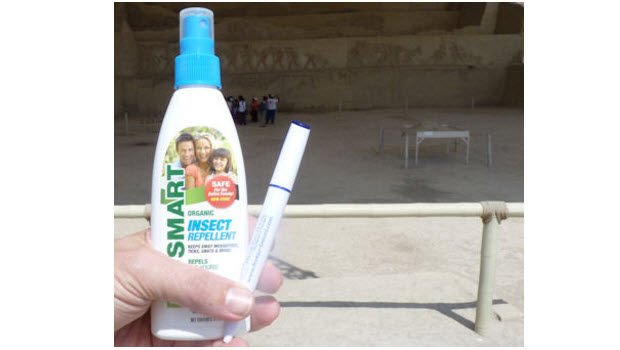 Organic EcoSMART insect repellent stands up to toughest Mochica mosquitos
Organic EcoSMART insect repellent stands up to toughest Mochica mosquitos 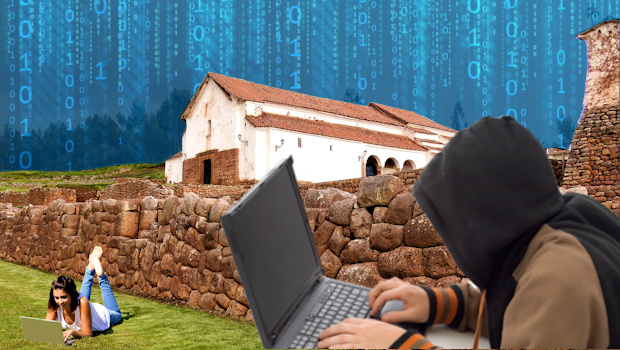 10 Steps to Cyber Safety During Your Peru Vacation
10 Steps to Cyber Safety During Your Peru Vacation 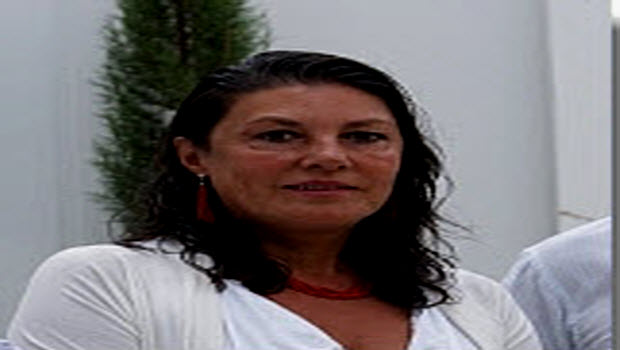 Podcast: Don’t let altitude sickness ruin your Cuzco vacation
Podcast: Don’t let altitude sickness ruin your Cuzco vacation 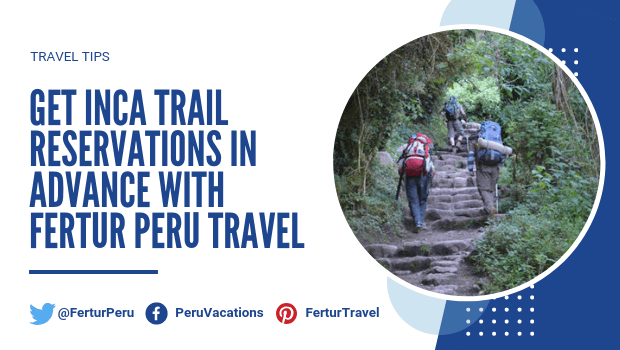 Get Inca Trail Reservations in Advance with Fertur Peru Travel
Get Inca Trail Reservations in Advance with Fertur Peru Travel 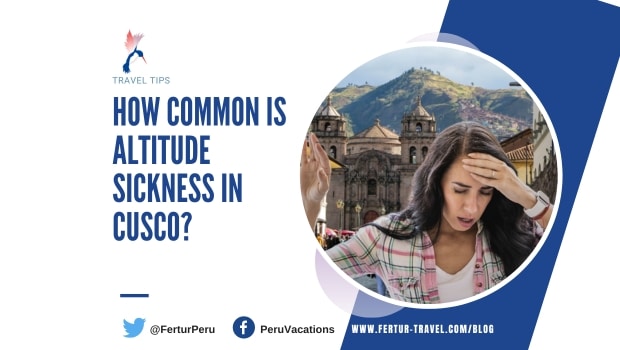 How common is altitude sickness in Cusco?
How common is altitude sickness in Cusco? 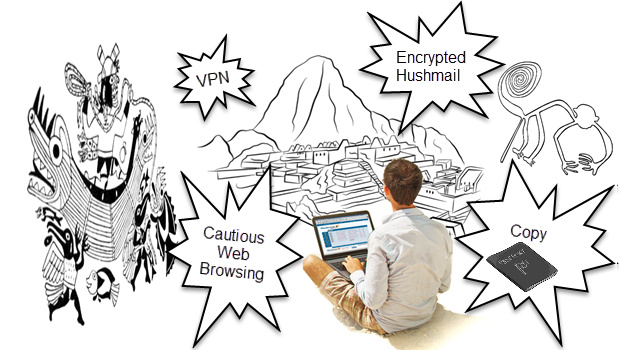 TIPS FOR THE “FERTUR PERU TRAVELER” #101 & #102 :
TIPS FOR THE “FERTUR PERU TRAVELER” #101 & #102 : 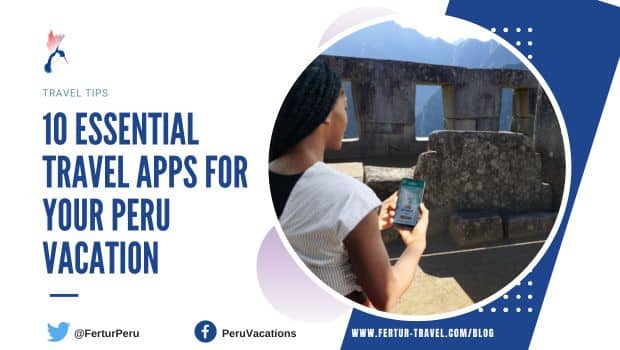 10 Essential Travel Apps For Your Peru Vacation
10 Essential Travel Apps For Your Peru Vacation 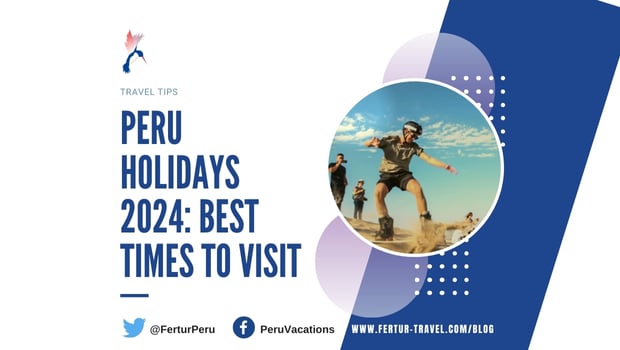 Peru Holidays – The Best Time to Visit 2024
Peru Holidays – The Best Time to Visit 2024